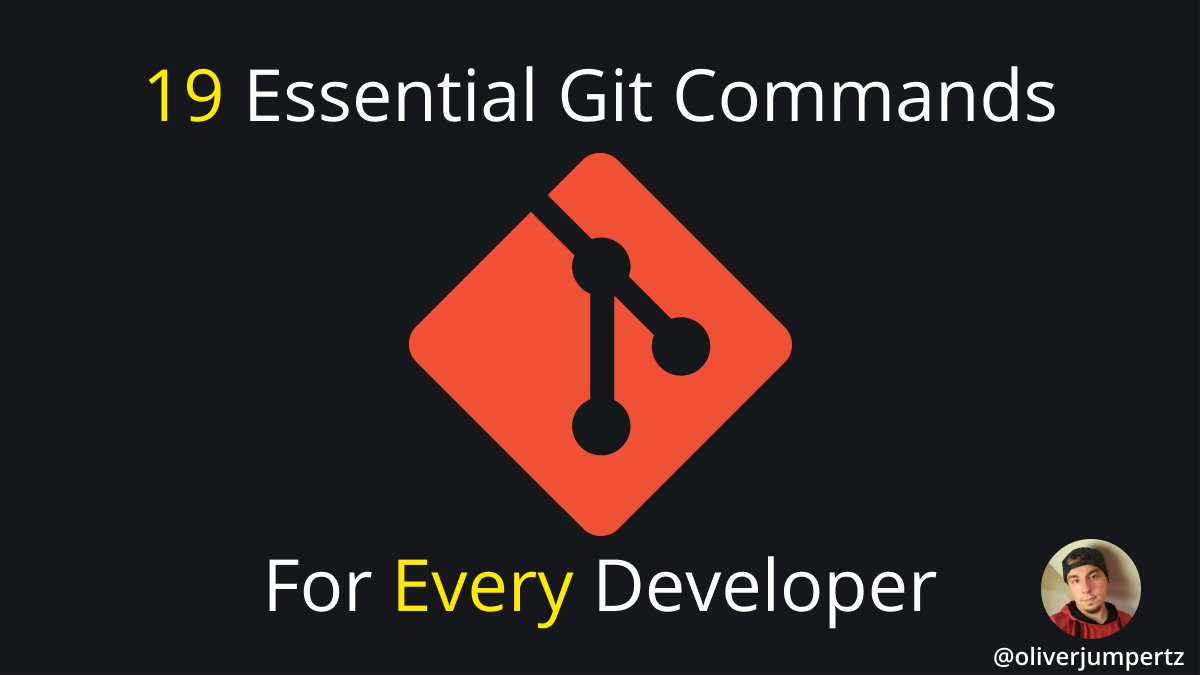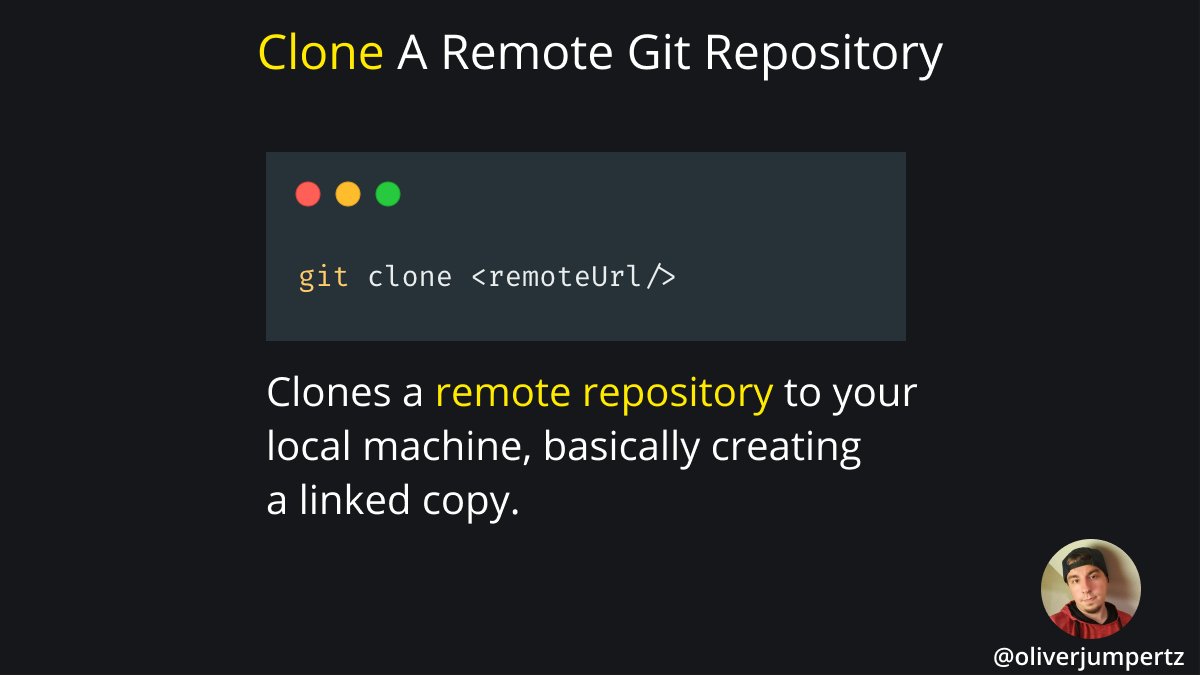
Do you know what an NFT is?
Some are currently sold for millions, and unknown artists suddenly make a name for themselves and earn hundreds of thousands of dollars.
Let's take a closer look.
A thread. ↓
Some are currently sold for millions, and unknown artists suddenly make a name for themselves and earn hundreds of thousands of dollars.
Let's take a closer look.
A thread. ↓
1. What An NFT Is
Non-fungible tokens (NFTs) are digital assets.
Just imagine a trading card where each card has unique information engraved into it.
No two NFTs are the same and they are thus not interchangeable.
Non-fungible tokens (NFTs) are digital assets.
Just imagine a trading card where each card has unique information engraved into it.
No two NFTs are the same and they are thus not interchangeable.
Other than crypto, where one BTC is one, and two BTC are two BTC, two NFTs are one NFT and one NFT.
Just because you have two NFTs of the same type, you cannot sum them up together.
Just because you have two NFTs of the same type, you cannot sum them up together.
Try to imagine a festival ticket (those things that were worth buying before the pandemic hit, where physical festivals still existed).
If you buy one, it usually has your name on it such that it only grants access to you.
If you buy one, it usually has your name on it such that it only grants access to you.
Most NFTs are currently based on the Ethereum blockchain. They are basically tokens implemented as a smart contract.
Everyone can implement an NFT and create their own platform for that.
Everyone can implement an NFT and create their own platform for that.
2. Some Characteristics
Let's look at some core characteristics of an NFT to understand better what they actually are.
Let's look at some core characteristics of an NFT to understand better what they actually are.
-> NFTs are non-interoperable
NFTs of platform A usually cannot be used on platform B.
NFTs of platform A usually cannot be used on platform B.
-> NFTs are indivisible
You can't break an NFT up.
One BTC consists of multiple satoshis (fraction of one BTC), e.g.
One NFT is just one NFT.
You can't break an NFT up.
One BTC consists of multiple satoshis (fraction of one BTC), e.g.
One NFT is just one NFT.
-> NFTs are indestructible/immutable
Because NFTs are tokens on a blockchain, they are immutable.
You can't just change the owner of an NFT without a transaction initiated by the owner of that NFT.
To steal an NFT, you would have to take the blockchain over.
Because NFTs are tokens on a blockchain, they are immutable.
You can't just change the owner of an NFT without a transaction initiated by the owner of that NFT.
To steal an NFT, you would have to take the blockchain over.
-> NFTs are traceable
Thanks to the blockchain, you can always trace an NFT back to its origins (original creator, e.g.).
Thanks to the blockchain, you can always trace an NFT back to its origins (original creator, e.g.).
3. What You Can Do With NFTs
Well, a lot.
NFTs are only smart contracts, so you can basically implement anything for them that comes to your mind.
You can sell trading cards as NFTs or interesting sports moments (NBA top shots, e.g.).
Well, a lot.
NFTs are only smart contracts, so you can basically implement anything for them that comes to your mind.
You can sell trading cards as NFTs or interesting sports moments (NBA top shots, e.g.).
You can also sell music pieces as NFTs or simply art.
What exactly the buyer gets is up to the individual NFT implementation.
The usual form of NFTs comes with some sort of file associated with it. That is either an image, a video, or an audio file.
What exactly the buyer gets is up to the individual NFT implementation.
The usual form of NFTs comes with some sort of file associated with it. That is either an image, a video, or an audio file.
The creator of an NFT can, for example, sell a piece of art while also ensuring that whenever that NFT is resold, they get a portion of the price as royalties.
Another great use case for NFTs actually lies in the gaming industry.
When skins and consumables you buy for your favorite game are actually NFTs that can be traded, you get a chance to get rid of them and get some of the money you spend on them back.
When skins and consumables you buy for your favorite game are actually NFTs that can be traded, you get a chance to get rid of them and get some of the money you spend on them back.
This creates a market and player economy for games that previously haven't had one yet.
There are even blockchain games already financing people's lives.
Take a look at play-to-earn games when you are interested.
There are even blockchain games already financing people's lives.
Take a look at play-to-earn games when you are interested.
4. Why NFTs Are Important
NFTs bring an opportunity to the table.
Especially the ability to sell digital pieces while ensuring that the ownership of each piece can be verified.
Everyone can check whether roxXx0r4711 really owns that digital Pokemon card they say they own.
NFTs bring an opportunity to the table.
Especially the ability to sell digital pieces while ensuring that the ownership of each piece can be verified.
Everyone can check whether roxXx0r4711 really owns that digital Pokemon card they say they own.
Creators of any form get the chance to transfer the ownership of one of their pieces over to their fan base.
Everyone can download that picture, video, or audio file. But only one or multiple users actually own an NFT for them.
Everyone can download that picture, video, or audio file. But only one or multiple users actually own an NFT for them.
When you buy an NFT, you buy some kind of rights.
Those rights can vary, but usually, creators give up their ownership and transfer it to you.
This is largely a promise, stating that no other piece like this will ever be created.
Those rights can vary, but usually, creators give up their ownership and transfer it to you.
This is largely a promise, stating that no other piece like this will ever be created.
The complete uniqueness of a piece is something an NFT can currently not guarantee.
It's just a certificate for one particular piece.
It's just a certificate for one particular piece.
5. Why NFTs Are Worth Something
Because there is a demand for it.
You can also ask the question of why people buy virtual skins for games with real money.
The answer is simple:
Because they want to show off or simply want to own that piece.
Because there is a demand for it.
You can also ask the question of why people buy virtual skins for games with real money.
The answer is simple:
Because they want to show off or simply want to own that piece.
6. This Is All A Scam!
Perhaps it is, perhaps it isn't.
People said the same when the internet came up, and companies started experimenting with this new platform.
There are currently artists who finally make money by selling NFTs of their art.
Perhaps it is, perhaps it isn't.
People said the same when the internet came up, and companies started experimenting with this new platform.
There are currently artists who finally make money by selling NFTs of their art.
This also includes artists previously struggling a lot to make money with their art.
For them, NFTs are not a scam but, finally, a source of income.
You can decide yourself whether you like the idea of NFTs or not.
For them, NFTs are not a scam but, finally, a source of income.
You can decide yourself whether you like the idea of NFTs or not.
7. Thread end
That's it for this thread.
I hope you learned something valuable.
If you enjoyed reading this Thread, consider dropping a like, retweet the first tweet, and follow me (@oliverjumpertz) for more content like this.
That's it for this thread.
I hope you learned something valuable.
If you enjoyed reading this Thread, consider dropping a like, retweet the first tweet, and follow me (@oliverjumpertz) for more content like this.
• • •
Missing some Tweet in this thread? You can try to
force a refresh











